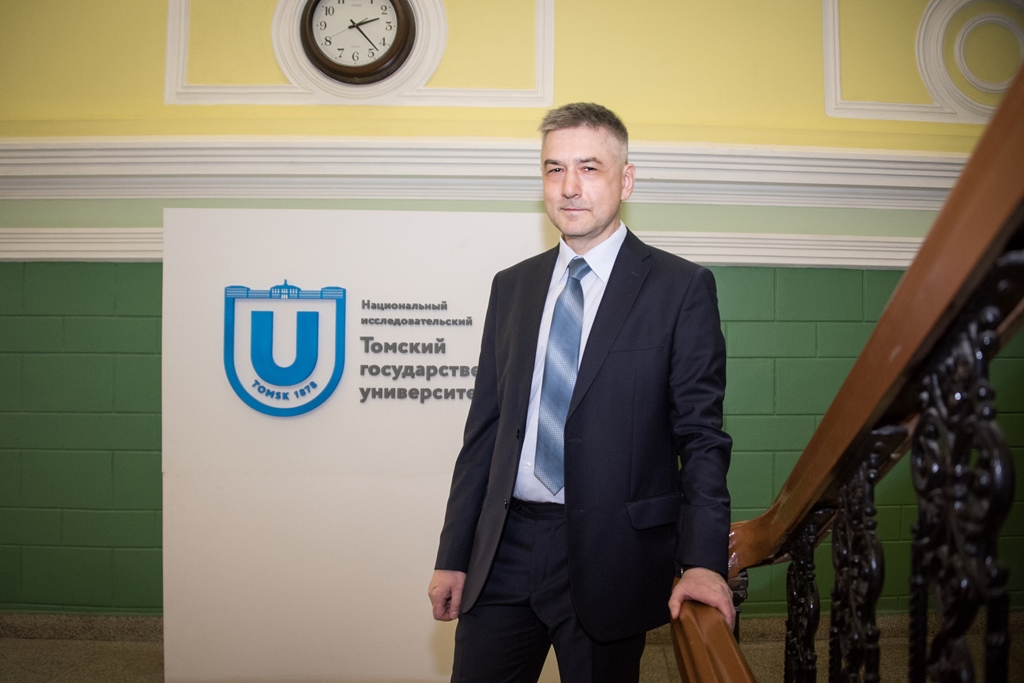TSU researchers from the Faculty of Geology and Geography with colleagues from Tokyo Metropolitan University (TMU) are working on a new tool for forecasting natural hazards caused by climate factors. The software product will allow predicting such phenomena as landslides, destruction of river banks and flooding of residential areas. The obtained results can be used to carry out planned preventive activities and undertake emergency actions.
– Russia and Japan have common problems due to natural phenomena: landslides and destruction of river shores, – said Associate Professor Vadim Khromykh. – In Japan the main factors are earthquakes and torrential rains in the mountains, which threaten cities and cause loss of life. In Russia bank caving and landslides bring on collapse of dozens of buildings. For example, in the city of Kolpashevo the river banks have moved dozens of meters inland concaved by the river Ob.

As the basis of the model for predicting natural disasters, researchers plan to use GIS technologies which are actively developed by TSU Faculty of Geology and Geography. GIS technologies will be combined with the Japanese pattern “Decision Tree” developed for forecasting landslides. At the same time, analysis is carried out on the basis of the digital terrain model - parameters that influence the landslides are calculated for each model cell: average slope angle, elevation and so on. Also features of the soil are added. Then the algorithm "Decision Tree" is applied: the system, using the entered parameters, calculates the probability of the landslide development in a particular cell of the model.
– That’s a kind of a neural network system, – said Associate Professor Vadim Khromykh. – Capacity of this system is constantly increasing as data is accumulated. We plan to use this product together with our GeoPortal, which was developed for Tomsk region administration. The GeoPortal is used by regional emergency services to control emergencies in high-risk periods, for example, during spring high water. Application of two digital products will expand their capabilities due to a synergistic effect.
As Vadim Khromykh noted, the researchers expect financial support from a Japanese source. Recently, a group of Russian and Japanese researchers submitted joint applications for two grants. One of them is a part of a large e-ASIA project which aim is development and support international joint research projects in the East Asian region. The third partner of this application is Indonesia which also has to deal with the problem of landslides entailed human and economic losses.
The author of the Japanese version of “Decision Tree”, the researcher from Tokyo Metropolitan University Assistant Professor Daichi Nakayama has recently visited TSU as a member of a representative delegation, who arrived at TMU-TSU Joint Symposium. The Japanese colleague spent about a month at TSU: he took part in joint field studies at TSU premises for student geographical practical work in Khakassia (Malaya Siya village), run a two-day workshop for students and lecturers of TSU Department of Geography, during which he demonstrated advantages of new technologies. Japanese partners plan to use the new digital tool for predicting landslides in the Japanese Alps, meanwhile the TSU researchers are going to apply it mainly for forecasting dangerous situations in residential areas located along the Siberian rivers Tom and Ob.

